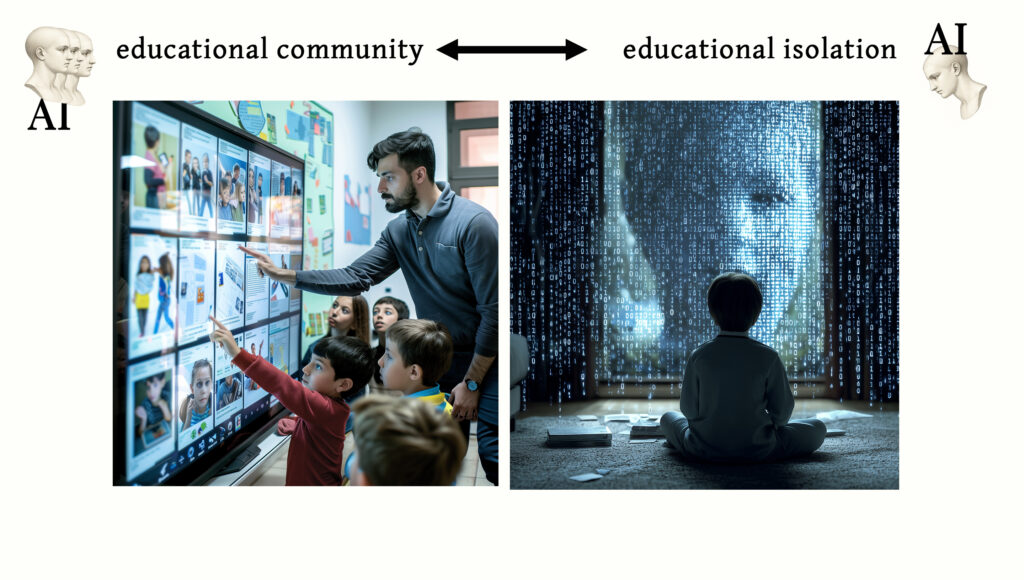Social media has been instrumental in demolishing the structure and architecture of cultural mediation in traditional society. Social organizations that played a cultural mediating role-such as the school, the family, the mass media, the church, and political parties-have essentially been erased in their hierarchical role, that is, in their key function as mediators between the population and the official culture.
Everything has been flattened out in social and participatory platforms: in them, the profile of any user has become of equal authority on the Web as large structures that have been operating in societies as landmarks for centuries, such as the Catholic Church or like newspapers or universities. It thus happens that, in the daily enjoyment of content published through social media, any post potentially has equal weight and dignity to another. Users today have access to posts indiscriminately and without any mediation that in any way helps them discern quality or reliability of the posts.
If we then analyze how the most popular AI platform, ChatGPT, is being used, we can see how, in the first phase of its use, millions of students are using it to have research papers and summaries written for them, make automatic translations, and thus succeed in passing tests and exams without having studied to be prepared and having acquired the required knowledge. In this situation with likely inauspicious outcomes for the construction of knowledge and skills, there is a need for educational mediation, both by teachers and by providing it to the student using content and technological containers expressly designed to provide proper access to artificial intelligence.
The severe psychological damage related to Covid’s digital isolation should also warn us against entrusting the cultural growth of the very young to a technology that can lead people to lose, along with the ability to relate to their peers, those personal skills that make them free, to unlearn how to write, count, speak languages and understand texts, in a potential unnatural and individual relationship between students and machines. The child left alone in the face of the superpower of the digital platform is a paradigm already tested negatively with smartphones; the mediation of the educational community, primarily the school, especially where the family is absconding, is crucial.

The image is released under a Creative Commons Attribution 4.0 International (CC BY 4.0) license. Work by Gualtiero and Roberto Carraro – Homo Extensus. Report authors’ citation and link to the original page.

